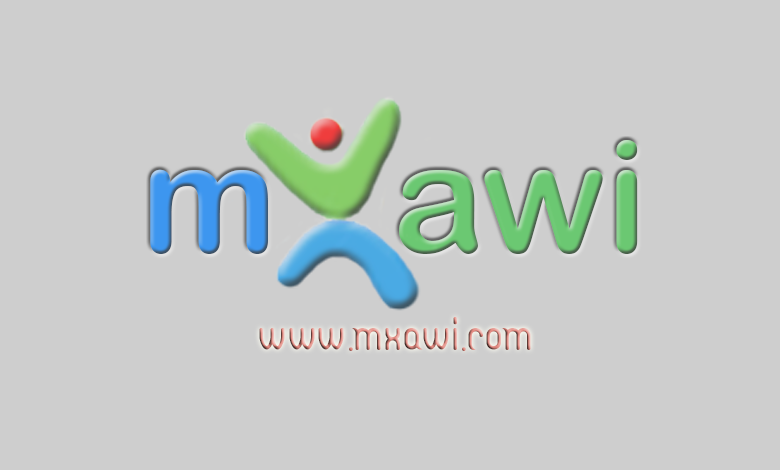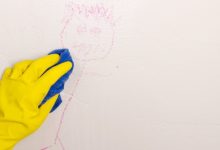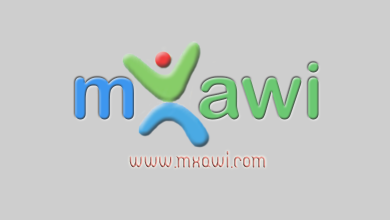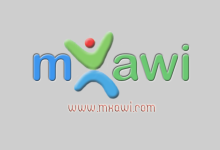Inside Microsoft’s quest to build some of the most accessible workplaces in India

After months of working from home, Jeevan B. Manoj can’t wait for an opportunity to get back into the office.
Of course, he’ll be happy to see and interact with his colleagues again. But what he’s most looking forward to is experiencing an innovative range of new features that make Microsoft’s two campuses in Bengaluru some of the world’s most accessible workplaces.
After both complexes were shut to employees in March 2020 due to the pandemic, the company’s Global Workplace Services (GWS) team saw an opportunity to create a complete accessibility makeover.
Jeevan was born with osteogenesis imperfecta, a genetic condition which results in brittle bones that are susceptible to fractures. The software engineer has been a wheelchair user for most of his life, so issues of accessibility and inclusion have been top-of-mind throughout his career.
“When people usually think about a new job, they consider the role and compensation being offered. But people in wheelchairs must first figure out if the office building has ramps and see if the restroom is accessible,” he explains.
Accessibility has long been a priority at Microsoft, and it was one of the reasons he joined the company in 2019. Right from the time he entered its Prestige Ferns Galaxy campus in Bengaluru, he could navigate every corner of the building on his own without any assistance.
“There were no heavy doors to push open, the support staff was approachable and eager to help, and all essential facilities, including the cafeteria and restroom, were accessible,” he says. “They even had taken care of my wheelchair, which had to be stowed and charged overnight after I left office for home.”
Today, Jeevan works as a program manager with the Azure Active Directory team, dealing with hundreds of developers and customers and helping them create secure technologies and experiences.
“At work, it does not matter what I look like. I am judged for what I do. So, my disability takes a backseat,” he says.
GWS maintains the real estate and facilities owned and leased by Microsoft around the world. Over the course of four months starting July this year, the GWS team retrofitted many new features to the buildings, which already had more accessibility features than mandated by local laws.
“Building accessible products and services for everyone is embedded in Microsoft’s DNA. There are over a billion people in the world who live with some disability. We will never be able to achieve our mission of empowering every individual on the planet if we leave them behind,” says Ambar Mitra, the Regional Lead, GWS India. “Accessibility benefits everyone who comes onto our campuses, whether they are a guest, customer, or new employee.”
Today both campuses have the highest grade of global workplace accessibility standards.
“Our mission to ‘empower every person and every organization on the planet to achieve more’ doesn’t just begin and end with the products we create and the services we offer. It extends to the culture of our workplace and weaving accessibility into the fabric of our company-from hiring people with disabilities, to creating inclusive policies, and building workspaces with the highest standards of accessibility,” says Ira Gupta, head of human resources, Microsoft India.
“Accessibility is both a responsibility and an opportunity. We have learned a lot on our journey to understand the full impact a culture of inclusion can have on productivity and innovation. While our journey is by no means complete, we stay deeply committed to prioritizing accessibility as a company, to truly empower people with disabilities unlock their full potential at work and in daily life.”
Some of the new additions include Braille signage and tactile indicators for employees who are blind and with low vision, retrofitting automatic taps and soap dispensers in the restrooms, and providing space under the sinks for wheelchair users to easily access them. They also added extra parking slots for people with disabilities and added height adjustable tables in the reception area for wheelchair users. While the modifications sounded simple, some of them required overhauling of the existing systems, which the team hadn’t anticipated when they started the project. For instance, when the team tried to make the sinks in the pantry accessible for wheelchair users, they realized the existing plumbing could not accommodate the change. The project turned out to be much larger than just changing the height of the sink to overhauling the plumbing system.
“There are international and local standards of accessibility that we aim to meet. Today, we are proud to say that we are among the most accessible private workplaces in India,” Mitra adds.
إخلاء مسؤولية إن موقع مكساوي يعمل بطريقة آلية دون تدخل بشري،ولذلك فإن جميع المقالات والاخبار والتعليقات المنشوره في الموقع مسؤولية أصحابها وإداره الموقع لا تتحمل أي مسؤولية أدبية او قانونية عن محتوى الموقع.
“جميع الحقوق محفوظة لأصحابها”




